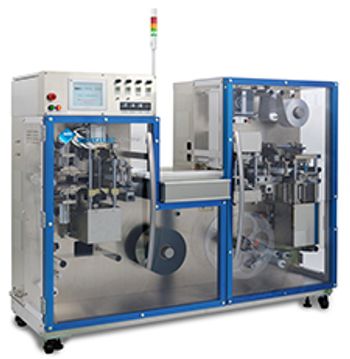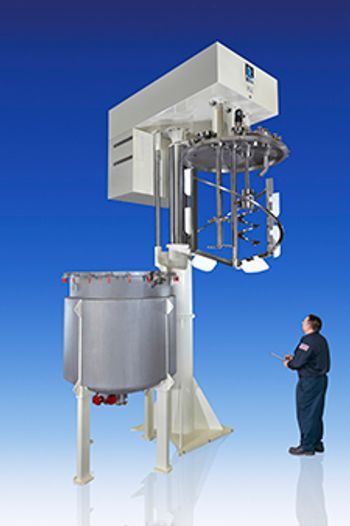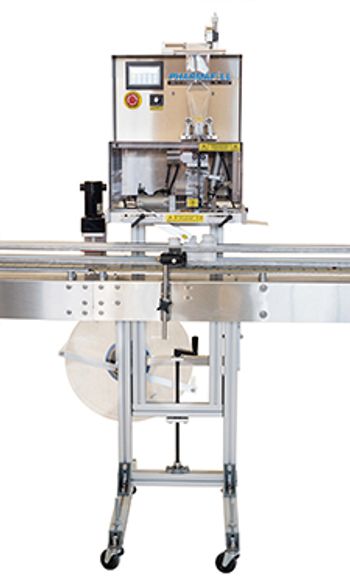
Quick approval pathways challenge teams to balance compliance with the need for speed.

Quick approval pathways challenge teams to balance compliance with the need for speed.

Increased reliance on foreign producers raises concerns and spurs collaborations.

Bio/pharma researchers mobilize to diagnose and treat patients in pandemic threat.

ICH will be taking industry comments under consideration when it revises its Q9 guideline in order to clarify QRM requirements, says Susan J. Schniepp, executive vice-president of post-approval pharma and distinguished fellow, Regulatory Compliance Associates.

The UK and Europe are entering a transitional period, which will involve negotiations across the board, including those on the pharma regulatory landscape.

Amid the rapidly rising cases of a novel coronavirus, concerns are being raised over preparedness and potential disruptions to the pharma supply chain.

Consider equipment design, transfer systems, and maintenance when operating isolators for sterile manufacturing of pharmaceutical products.

Careful design, planning, and record keeping are needed for cleaning and changeover in multiproduct pharmaceutical facilities.

Data management is crucial in bio/pharmaceutical laboratory settings from discovery steps through clinical studies and varies based on the development phase.

The Eagle-Omni blister machine from Maruho Hatsujyo Innovations can be used for packaging development, materials testing and production, and forming, sealing, and punching operations at sequential stations.

The Ross VMC-1000 VersaMix is a 1000-gallon triple-shaft mixer available on a pivot-design single-post hydraulic lift.

Werum IT Solutions launched the new K.ME-IN in January 2020, a biometric authentication solution with a wearable Nymi Band device, for its PAS-X Manufacturing Execution System.

The Pharmafill NB1, Series II from Deitz is an automated neck bander that can accommodate shrinkbands and full sleeve labels from .79–10 inches in length.

Consider current large-scale practices for oligonucleotide synthesis as a basis for improving commercial-scale platform strategies.

Lipid-based solutions offer a natural approach to improving the solubility of cannabinoid-derived products.

Researching excipient grades and sources, as well as screening suppliers and materials, form the basis of programs to mitigate risk.

Analytical solutions are improving for raw material testing, drug product release process development, and more.

Complex protein structures pose analytical challenges that can be addressed by advanced mass spectrometry technologies and workflows, which can be used to comprehensively characterize them.

This paper discusses what causes cross-linking, how cross-linking is addressed with addition of enzymes, and consideration for occasional high results that can be obtained during release testing.

Vein-to-vein programs are focusing on data access and traceability.

Click the title above to open the Pharmaceutical Technology February 2020 issue in an interactive PDF format.